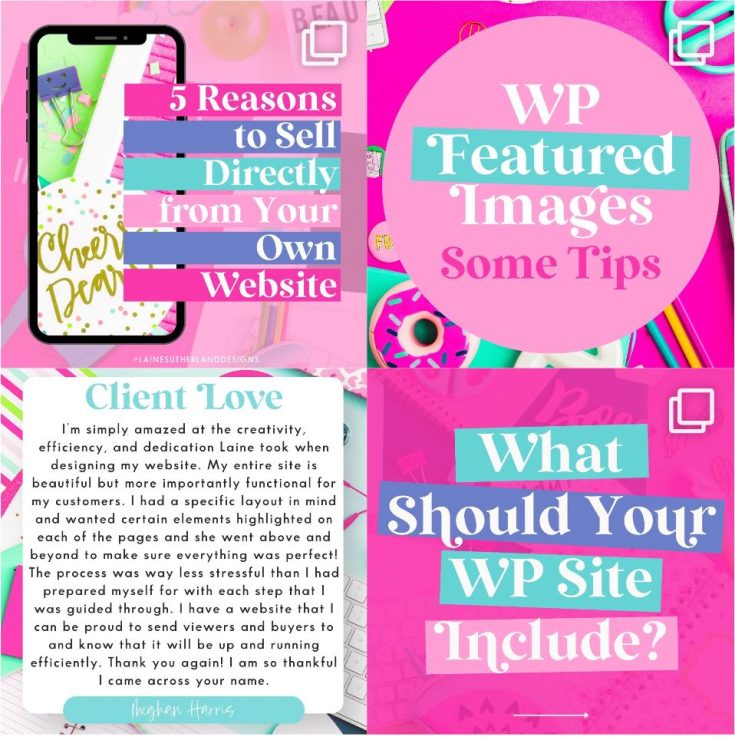In today’s competitive marketplace, having a strong and recognizable brand is essential for success. A brand is more than just a logo or a name; it’s the overall perception and emotional connection that customers have with your business. To create a strong brand, it’s important to have a clear and consistent visual identity, which is where a brand board comes in.
What is a brand board?
A brand board, also known as a brand style guide, is a visual document that outlines the key visual elements of a brand. It typically includes the brand’s logo, color palette, typography, imagery style, and any other visual elements that are used to create a consistent and cohesive brand identity.
Why is it important to have a brand board?
Consistency
One of the primary benefits of having a brand board is consistency. When customers see your logo, colors, and typography consistently across all touchpoints, it helps to build brand recognition and trust. Consistency also makes it easier for customers to identify your brand and differentiate it from competitors.
Efficiency
With a brand board, all team members have a clear understanding of the brand’s visual identity, making it easier to create new materials quickly and efficiently. This can be especially valuable for businesses with multiple locations, departments, or teams working on different projects.
Scalability
As a brand grows and expands into new markets or product lines, a brand board provides a framework for maintaining consistency across all touchpoints. This can help ensure that the brand stays true to its core values and identity, even as it evolves over time.
Protection
A brand board can also help protect a brand’s identity by providing guidelines for how the logo and other visual elements should be used. This ensures that they are not misused or misrepresented, which can be damaging to the brand’s reputation.
What should be included in a brand board?
A brand board typically includes the following elements:
Logo: This should be the primary logo, as well as any variations or alternative versions that are used in different contexts.
Color palette: This should include the brand’s primary colors, as well as any secondary or accent colors that are used in marketing materials.
Typography: This should include the font(s) used in the brand’s logo and marketing materials, as well as any additional fonts that are used for headings, body text, etc.
Imagery style: This should include guidelines for the types of images that are used in marketing materials, such as photography or illustrations.
Other visual elements: This can include icons, patterns, or other design elements that are used to create a cohesive brand identity.
How to create a brand board?
Creating a brand board can be a collaborative process that involves input from various stakeholders, such as designers, marketers, and business owners. Here are the basic steps to creating a brand board:
- Define the brand’s values, personality, and target audience.
- Identify the brand’s key visual elements, such as the logo, colors, and typography.
- Create guidelines for how these visual elements should be used, such as the minimum size of the logo or the spacing between typography elements.
- Compile all of these elements into a single document or presentation.
- Share the brand board with all relevant stakeholders, and ensure that everyone is on the same page when it comes to the brand’s visual identity.
BE SURE TO SIGN UP AND GET ACCESS TO A FREE BRAND BOARD TEMPLATE!
In conclusion, a brand board is an essential tool for creating a strong and consistent brand identity. By outlining the key visual elements of a brand and providing guidelines for how they should be used, a brand board helps to build brand recognition and trust, increase efficiency, and protect the brand’s identity. If you’re looking to create a memorable and recognizable brand, a brand board is a great place to start.




